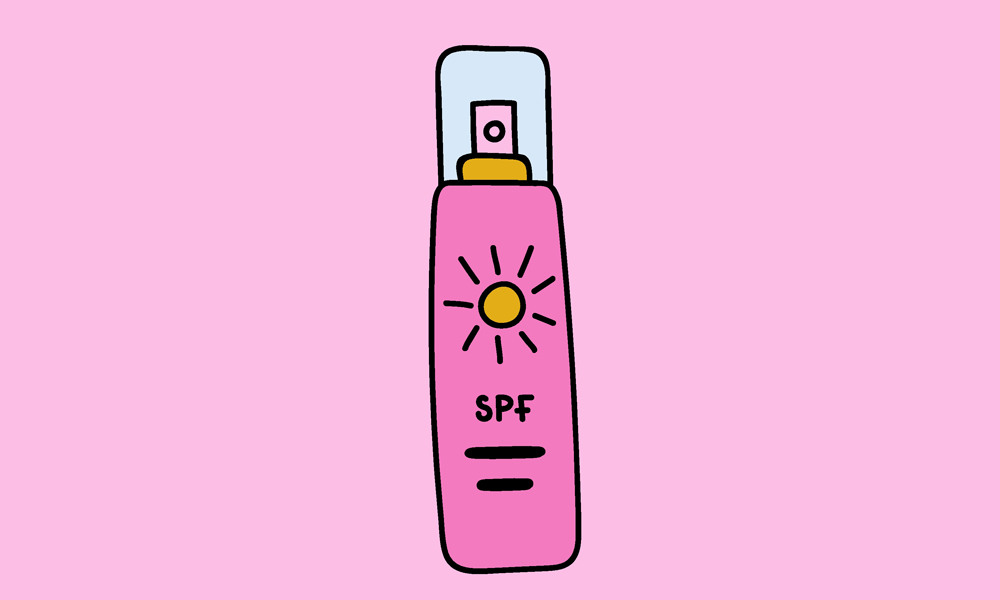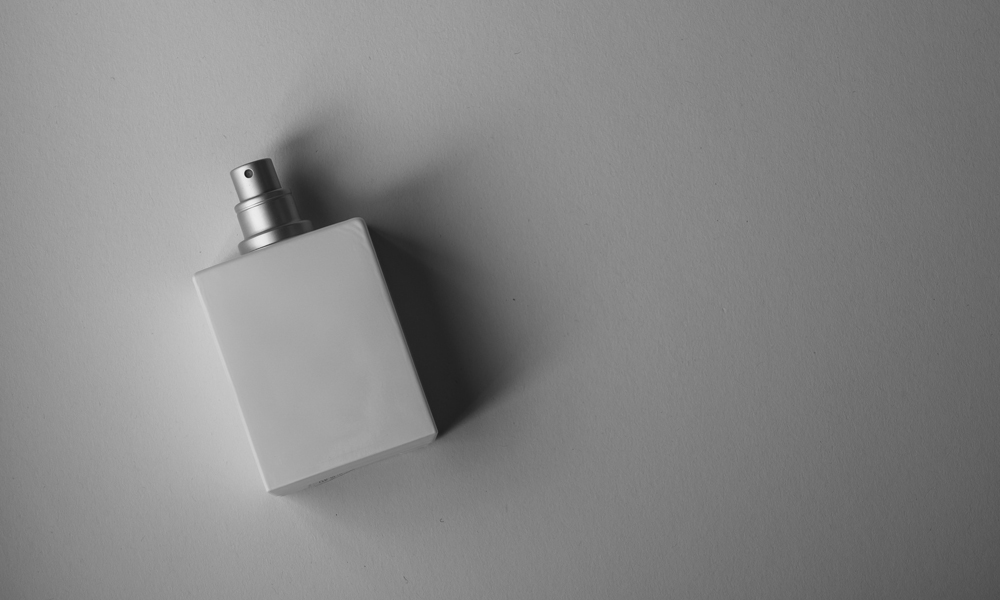We’re debunking the 10 most prevalent sunscreen myths…
By Adriana Ermter
Who hasn’t stopped, mesmerized, at the sight of a sun-weathered-looking person whose biological age is most certainly a decade younger than their perma-bronzed, coconut-scented presence? With blatant disregard for sunscreen, these raisin-like creatures join the ranks of the Ritz Cracker’s George Hamilton, There’s Something About Mary’s Magda and the Grand Old Party’s Donald Trump – each one a cautionary tale for what too much time spent outdoors without SPF will do to your appearance and health. And it makes me ponder, are we using enough sunscreen?
Based on the Canadian Skin Cancer Foundation – which has calculated that over 80,000 people develop skin cancer each year, 5,000 of whom are diagnosed with melanoma (the deadliest form of skin cancer) – the answer is no. Most people are not applying SPF properly or as diligently as necessary. To get you back on track, we’re debunking the 10 most prevalent sunscreen myths to arm you with the facts and SPF solutions you need to have fun in and out of the sun 365 days a year.
MYTH 1: CHEMICALS IN SUNSCREEN CAN CAUSE CANCER
False: Despite chatter about ingredients such as oxybenzone, retinyl palmitate and parabens, “none of these chemicals have been classified as a cancer-causing substance by any major scientific organization,” affirms Dr. Julia Carroll, a dermatologist with Compass Dermatology in Toronto. “Sunscreen prevents skin cancer. Furthermore, I’ve sadly had patients die from skin cancer but I’ve yet to have a patient die from using sunscreen.”With 80 to 90 per cent of skin cancers resulting from the sun’s ultraviolet (UV) rays, the Canadian Dermatology Association says any potential health risk from an ingredient is outweighed by the risk of developing skin cancer by not wearing sunscreen.
Solution: If you’re still worried, try a physical sunblock with mineral-based ingredients that sit on the skin’s surface, such as zinc oxide and titanium dioxide.
MYTH 2: NATURALLY DARK SKIN TONES CAN SKIP THE SUNSCREEN
False: All skin tones are susceptible to some level of sun damage, so “it’s important for everyone to wear sunscreen, regardless of their skin colour, as it can prevent sunburns and photoaging,” says Dr. Carroll. Your skin cells respond to the sun’s UVA and UVB rays by releasing more pigment, which can result in a red, tanned, or more enhanced and darker-looking colour. “Certain skin conditions can be worsened by sun exposure as well, including melasma, rosacea and wrinkles,” adds Dr. Carroll. According to the Canadian Cancer Society, exposing your skin to UV radiation – whether from the sun or indoor tanning – puts you at risk for skin cancer.
Solution: Broad-spectrum protection ensures you’re covered from both the sun’s UVA and UVB rays.
MYTH 3: WATERPROOF SUNSCREEN LASTS ALL DAY
False: There is no such thing as a waterproof sunscreen or sunblock, because if there were you’d never be able to wash it off. Look for “sunscreens labelled water resistant 40 or 80, indicating they are water resistant up to 40 or 80 minutes,” explains Dr. Carroll. But remember: “it will not last all day.” The Mayo Clinic defines water-resistant SPF by the amount of time it can last while the wearer is sweating, swimming or engaging in water activities.
Solution: Apply SPF to exposed skin 30 minutes before going outside, and reapply as recommended by the product label.
MYTH 4: SUNSCREENS WITH AN SPF 50 OR HIGHER = LESS APPLICATION
False: The number next to the SPF on the label refers to the level of protection you’re receiving. “Using a sunscreen with an SPF 30 or higher can block approximately 97 per cent of the sun’s rays, providing protection against sunburn and UV-induced skin cell damage,” explains Dr. Carroll. That said, “there isn’t a sunscreen that can block 100 per cent of the sun’s rays. It’s also important to remember that high-number SPF sunscreens, such as an SPF 50 or SPF 100, last the same amount of time as an SPF 30, and they all need to be reapplied throughout the day.”
Solution: Play it safe and set your smartphone to alert you to reapply your sunscreen every two hours.
MYTH 5: SPF-INFUSED MAKEUP OR FOUNDATION HAS YOU COVERED
False: Unless you’re wearing a full ounce of thick and heavy drag queen-style makeup or foundation, you’re not wearing enough to protect your skin from the sun. “Makeup typically won’t have enough SPF in it and it’s hard to tell if you have enough on for it to be effective,” adds Dr. Carroll. “Always put SPF on either before or after makeup application to make sure your skin is protected.” Johns Hopkins Medicine recommends using a face cream with SPF, then layering it with a broad-spectrum UVA/UVB sunscreen.
Solution: Apply your SPF skin care first, then your sunscreen, and then your makeup.
MYTH 6: YOU ONLY NEED SUNSCREEN DURING THE SPRING AND SUMMER
False: You need to wear sunscreen 365 days of the year, even during a pandemic when you’re stuck inside. “People think they can only be affected by the sun when they are in the direct sunlight, but UV rays can get through clouds, fog and haze,” warns Dr. Carroll. “Water, sand, concrete and especially snow can reflect and even increase the effect of the sun’s rays. Apply sunscreen every day when outdoors, driving in a car, or even indoors if you are working near a window. The sun emits harmful ultraviolet rays all year round – in fact, UVA rays remain constant in a location no matter what the season.” With the Canadian Cancer Society identifying melanoma as one of the most common cancers among people ages of 15 to 29, no one is off the hook.
Solution: Mix it up with SPF sprays, solids and lotions.
MYTH 7: I’M VITAMIN D DEFICIENT, SO I NEED FULL-ON SUN
False: According to the Harvard Medical School, your body reaches its maximum vitamin D production after 10 to 15 minutes of direct sunlight. “There is no scientific data available to support the argument that being in the sun is the only way to produce vitamin D,” says Dr. Carroll. “Because of the known side effects of UV exposure, vitamin D should not be obtained from unprotected exposure to the sun. It can be easily obtained from foods naturally rich in vitamin D, foods and beverages fortified with vitamin D, and vitamin D supplements.”
Solution: Eat more fatty fish, cheese and egg yolks to get your vitamin D fix.
MYTH 8: I CAN’T USE SUNSCREEN – IT MAKES ME BREAK OUT
False: All skin types need to use a broad-spectrum sunscreen with SPF daily. “When you have acne-prone skin, sun exposure can actually lead to permanent marks and scarring,” says Dr. Carroll. Choose a non-comedogenic and oil-free option that won’t block pores and cause pimples or blackheads.
Solution: Look for words on the label like: water- or gel-based formula, anti-acne, clear face and non-comedogenic.
MYTH 9: IF I GET A BASE TAN, I WON’T BURN ON VACATION
False: Getting a base tan will never prevent you from sunburn, and it actually offers very little protection from the sun. The Canadian Cancer Society states that some tanning beds can actually expose you to five times as much ultraviolet radiation as the sun. “Exposure to UVA and UVB radiation from tanning equipment can cause sunburn and eye damage, as well as increase the risk of skin cancer,” affirms Dr. Carroll. “Among those who first used a sunbed before age 35, the risk of melanoma is increased by 59 per cent – and early exposure to tanning beds can increase a person’s chance of developing melanoma by up to 75 per cent.”
Solution: Use a tinted sunscreen containing SPF to create a safe and natural-looking glow.
MYTH 10: I LOOK HEALTHIER WITH A TAN
False: Bronzed skin may make you feel healthier, thinner, happier…but there’s nothing healthy about premature aging, wrinkles, sunspots, fine lines, burn blisters and melanoma. According to Harvard Medical School, the earlier you start tanning, the longer your lifetime of skin damage and the higher your risk of skin cancer. “There is no such thing as a safe or healthy tan,” affirms Dr. Carroll.
Solution: Apply SPF-infused powder or foundation in a bronze colour over top of your sunscreen.






POST A COMMENT